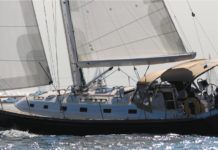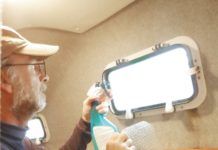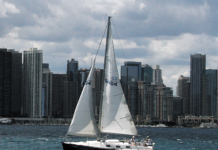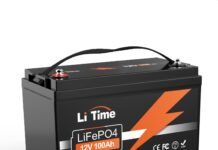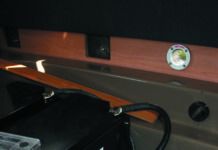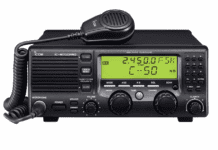Extra Anchor Lighting
When summer comes, a dozen or more sparkling white lights will adorn every popular anchorage. Visible from miles away, they promise to provide good...
DIY Electrical System Survey and Inspection
So, you’ve finally purchased that new (or new-to-you) boat of your dreams. Now is a great time to familiarize yourself with its systems—a good...
A Smart, Easy Way to Rewire
Running the wires for new electronics requires your best cursing vocabulary, lots of sweat, twisting body contortions, luck, and the occasional bandage. For tips on how to make this job easier, we turned to PS contributor Bill Bishop. A professional marine-electronics installer, Bishop has many ingenious ways to thread a wire from point A to point B.
Small Wire Connections: Best Methods
Connecting two standard-size wires is pretty straightforward: Grab a ratchet crimper, adjust it to fit the crimp connector, strip the two wires to fit into the butt connector, slide the wires into the connector, and squeeze the crimper. The required materials are readily available: butt connectors for inline splices, ring connectors for terminal blocks, and a dab of anti-corrosive grease for the bolts and rings. Done right, these connections can survive some extremely tough conditions. In a recent test of anti-corrosion greases and connections, we demonstrated how these connections can last up to five years in the worst bilge conditions.
Watertight Connector Test
If only there was a good standardized 12-volt electrical connector. I’ve never had a boat without multiple connector failures, and most of them involved...
Electric Outboard Charging Tips
Somewhere around the third carburetor rebuild for our 3.3 hp four stroke dinghy outboard, I decided enough is enough. Four stroke outboards are supposed...
House Battery Bank Replacement: What to Consider
Replacing a battery bank on a cruising sailboat requires a myriad of choices—driven by one overriding goal. What are you hoping to power with...
Simple Lithium for Outboard-Powered Tenders, Daysailers, and Sport Boats
Lithium is cool. Your cell phone uses it. Cameras, laptops, flashlights … everything. But “cool” is not a reason. Fire is not a big...
Ensuring a Safe Space for Batteries
When charging, lead acid batteries generate hydrogen from the electrolysis of water, and some acid gases, the amount of which vary with the battery...
How to Create a Bullet-Proof VHF/SSB Backup
In this short article I want to chat about ideas for making the radio bombproof in an emergency. I haven’t “invented” any of these...










